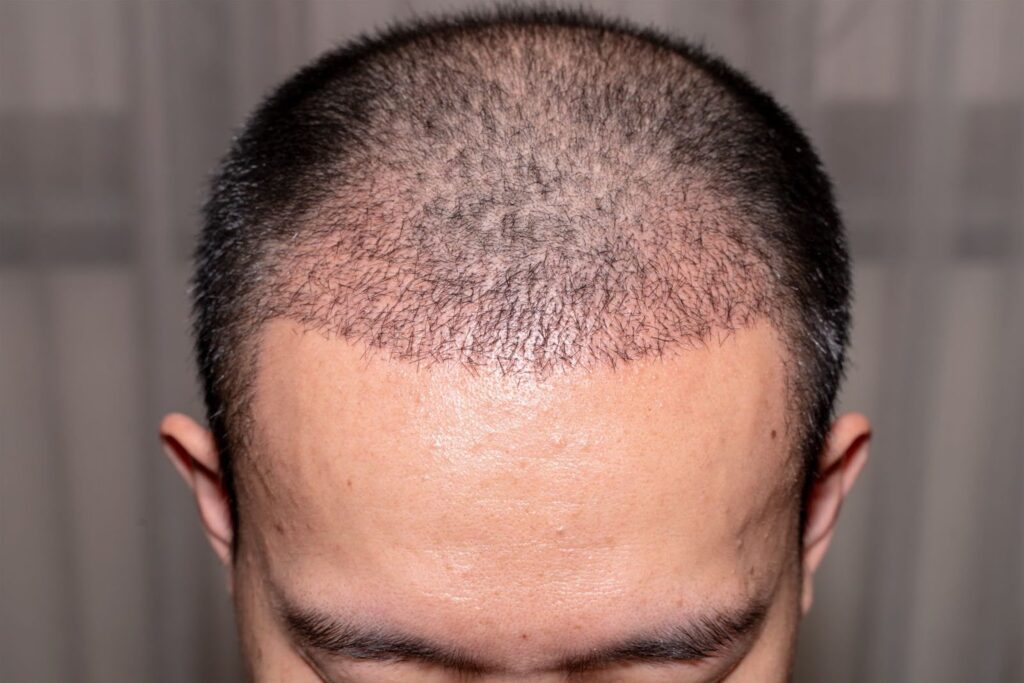Hair loss is nothing new. For generations, both men and women have experienced the symptoms of thinning hair, often with no real recourse or viable solutions. Wigs are an elegant option, but they can be itchy and uncomfortable. Medications have just recently become effective, primarily for those whose hair loss is very minimal. And hair transplants have often been seen as inconsistent or overly invasive.
That’s changing now, in large part thanks to treatments like Neograft. Neograft is a state-of-the-art hair transplant solution, providing an easy and effective way to regain a natural-looking and healthy head of hair.
With Neograft, you can enjoy a second chance at a youthful and vibrant appearance. But first, it’s important to know a little bit more about how the procedure works, and what you can expect from it.
The First Steps
Your hair transplant journey will always begin with a consultation. During this appointment, you will meet with your transplant provider for a one-on-one meeting. Your provider will:
- Examine your scalp to assess the extent of your hair loss.
- Ask some questions about your medical history, verifying your eligibility for a safe, successful procedure.
- Talk with you about your aesthetic goals, ensuring your hair transplant covers the desired area.
- Ensure that you have sufficient hair on the back of your head, providing viable donor sites.
- Outline the specifics of your personalized treatment plan.
- Answer any questions you might have about the treatment, recovery, aftercare, and results.
At the end of your consultation, you will be invited to schedule the procedure itself, setting you down the path toward healthy, natural-looking hair restoration!
How Neograft Works
During this consultation, your provider will be happy to offer you clarity about exactly how Neograft works. In the meantime, here is a quick summary.
- Neograft is an example of a follicular unit extraction, or FUE procedure. This denotes the removal of healthy hair follicles from one part of the scalp, which are then transplanted to another area where the hair has thinned.
- Following the procedure, and after you have some time to heal, your scalp will recognize those new grafts as familiar cells, encouraging ongoing, natural growth in the area where you need it most.
- Neograft makes use of advanced technology, specifically employing pneumatic pressure to extract healthy follicles from the donor site. This means there is no need for sutures, and extremely low risk of your healthy hair follicles being damaged during the surgery.
On the Day of Your Procedure
On the day of your scheduled procedure, you will receive a warm welcome from members of Renu’s patient care team. We will answer any last-minute questions you might have, then lead you back to a private, comfortable treatment room.
We perform these procedures under local anesthesia. This keeps you comfortable without forcing you to go “under,” and most patients watch TV, listen to music, or simply nap while their Neograft transplant is performed. We do provide optional sedatives for patients who would prefer to sleep through the whole thing.
The process takes a few hours, and while it happens you will be welcome to eat a snack or get a drink of water. Once the procedure is finished, you are discharged to head home for a little bit of rest and healing.
Recovery from Neograft
For most patients, the Neograft recovery process is very mild and well-tolerated.
For the first couple of days, it is normal to experience some redness or tenderness along your scalp. Your provider will let you know about over the counter medications you can take to mediate these symptoms.
You will need to avoid touching your scalp for the first few days, which means evading showers and direct water pressure. This is critical for preventing possible infection of the scalp, which can complicate your Neograft recovery.
Neograft Results
One of the most common questions we hear from patients: How long will it take to see results?
Your grafts may actually start shedding hair pretty soon after your procedure. Don’t panic! This is a normal part of the process, as shedding is imperative for making room for fresh, healthy growth.
After some initial shedding, you will notice new hair growth in the transplant areas. You can expect to have a full, healthy head of hair in as little as four to six months total, though some patients will see continued improvement for up to a full year.
What are the Risks for Neograft?
Before having any kind of medical procedure done, it is only natural to have some questions about potential risks.
Scarring
Thanks to the use of pneumatic pressure for harvesting donor grafts, Neograft has minimal risk of scarring, especially when compared with other hair transplant methods. While it is possible to have some slight scarring, keep in mind that this scarring will be covered by your hair!
Infection
Any surgical procedure comes with a risk of infection, but you can minimize this risk through careful adherence to the aftercare instructions.
Loss of Transplanted Hair
In rare instances, a graft will not “take,” and you may lose your transplanted hair. This is very uncommon with Neograft and is less of a worry than it would be with other hair transplant methods.
Am I a Good Candidate?
Another common question about Neograft: Am I a good candidate for the procedure?
The best way to find out is to schedule a consultation with our team here at Renu. Generally speaking, the best candidates for Neograft:
- Have moderate hair loss on the crown or toward the front of their scalp.
- Continue to have some healthy hair growth at the back of the head.
- Are in good health overall.
- Have reasonable expectations about Neograft’s recovery and results.
Ready to confirm your eligibility for Neograft? Schedule a consultation with Renu today. We’d love to help you take the first steps toward regaining a full head of healthy, natural hair. Reach out to us whenever you’re ready to get started.




